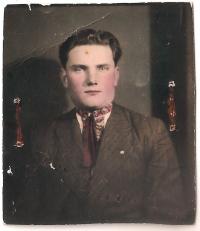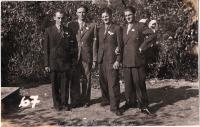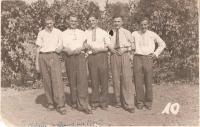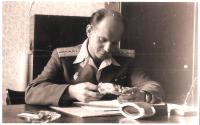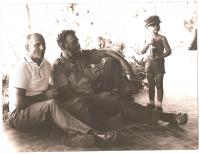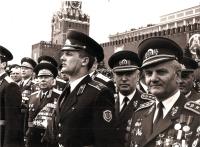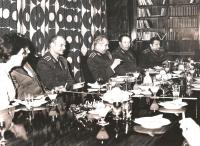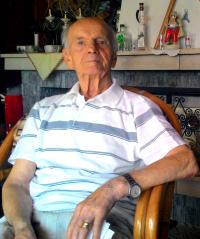We went to the Slovak National Uprising on foot
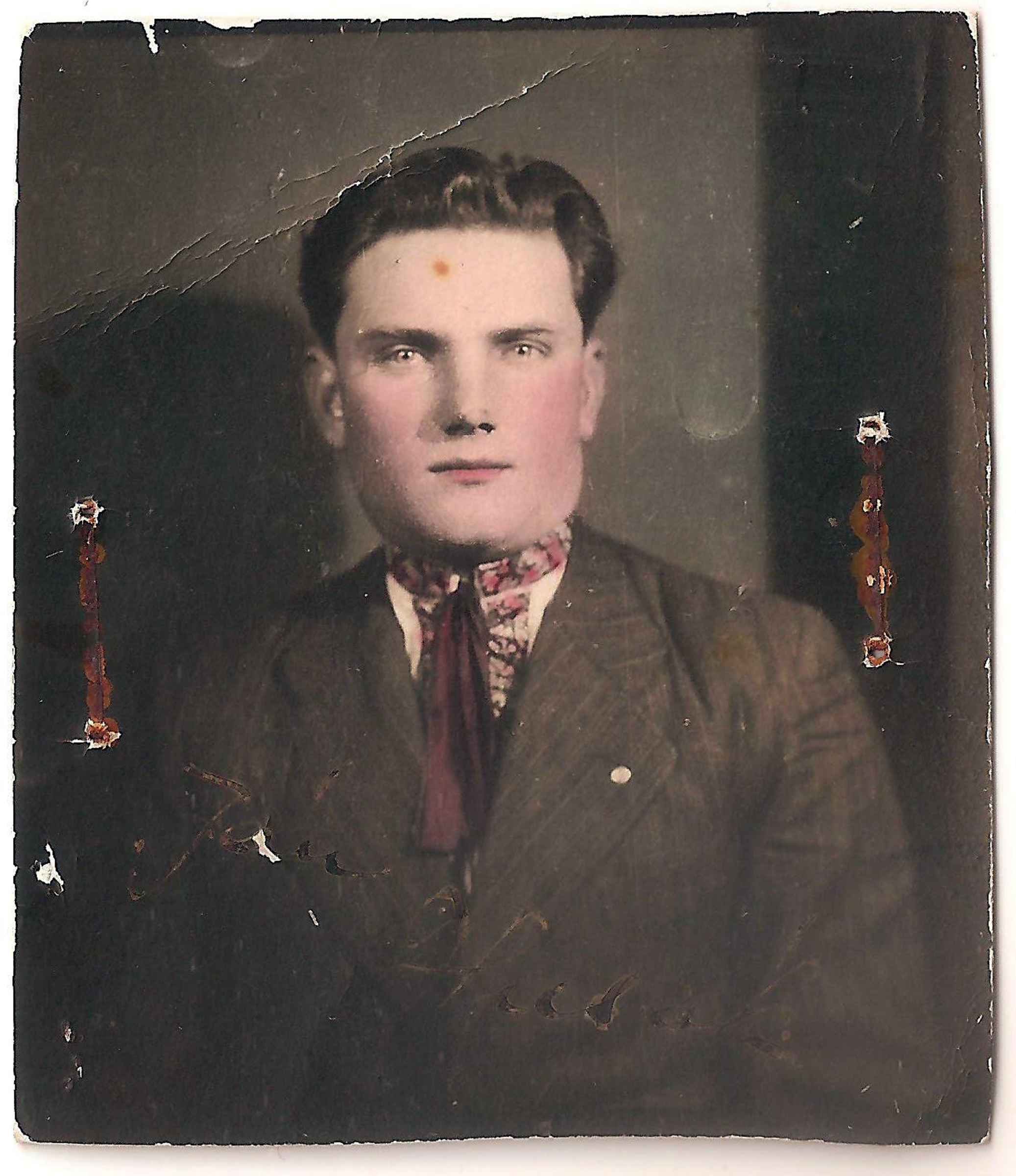
Stáhnout obrázek
Ján Husák was born on April12, 1923 in Sasinkovo. He comes from family of poor peasants as the oldest of five children. On October 1, 1943 he enlisted to military service to the squadron in Poprad. After the outbreak of the Slovak National Uprising (SNP) he took part in the battles to defend the city and its surroundings. Together with other soldiers he marched to Horehronie, where he fought for Telgárt and other municipalities. In November 1944, he and a group of 30 members passed, in the freezing cold and without food, over the mountain Chabenec to the village of Vyšný Sliač. During the crossing he fell ill with pneumonia. He managed to get to village of Veľké Ripňany where he was being cured. At the beginning of February 1945 he went to Tríbečské hory (Tríbeč mountains). There he joined partisan unit called Národný pomstiteľ (National Avenger). In nearby villages Skýcov and Zlatno, not far from Zlaté Moravce, he fought until the liberation in March 30, 1945. The partisan unit was reorganized on April 4, 1945. In the same month he was transferred to Levice and later to the 4th Air Reserve Regiment in Poprad. Subsequently, he worked in Liptovský Hrádok and Nitra. In 1951 he left for Prague. From 1956 to 1957 he served in Prešov and then in Přerov. In 1958 he worked at the Air Force Headquarters Prague-Smíchov. From 1966 to 1967 he worked in Hradec Králové and in years 1968 to 1976 he worked at the Ministry of National Defense in Prague, Czechoslovakia. In August 1976 he went to Moscow, where he stayed until the end of January 1986 as a Deputy Chief of the Technical Committee of the Warsaw Pact. He left to the Army Reserve on February 1, 1986. In 1992 he became a chairman of the Slovak Union of Antifascist Fighters (CFSP).
